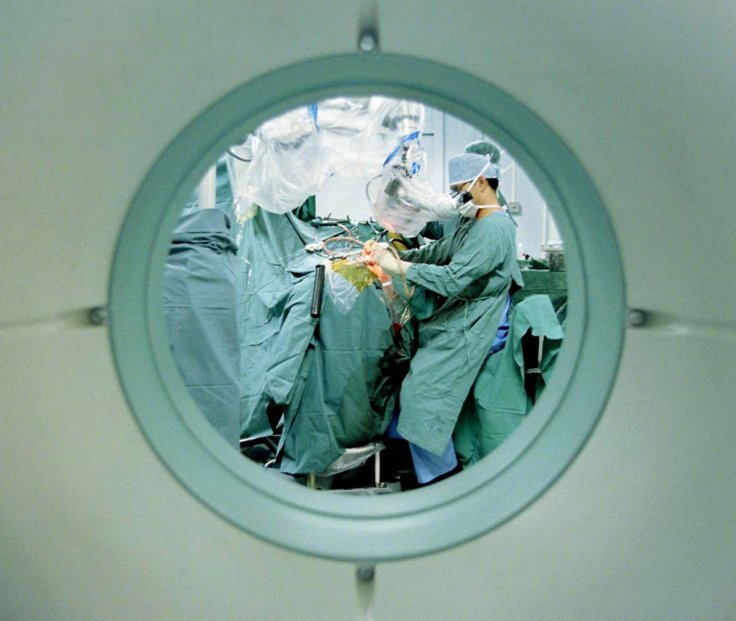When it comes to revolutionary achievements in the medical field, there are several examples such as uterus transplant, test-tube babies, stem cell therapy and the use of artificial intelligence. Now once again the medical world is expected to witness an unbelievable surgical procedure, and it is going to be a human head transplant, which remained a mythological reference till now.
This time, it comes from a veteran neurosurgeon from National Health Service in UK who insists that the first-ever human head transplant could be achieved within the next decade, mainly due to artificial intelligence technology that can accomplish 200 neuro sutures at a time.
The possibility of the head transplant
Bruce Mathew, who is a former clinical lead for neurosurgery at Hull University Teaching Hospitals NHS Trust, believes that in near future surgeons will succeed to transplant a person's head along with the entire spinal cord into another individual's body.
Even though this process may sound fictional, Dr Mathew believes that the advancements in nerve surgery, robotics and stem cell transplants will help to make that head transplant along with the spinal cord a reality before 2030.
As reported by The Telegraph, the veteran surgeon stated that it is not impossible to transplant the brain and keep the spinal cord attached. He claimed that "The spinal cord is the most profound thing imaginable. You need to keep the brain connected to the spinal cord. The idea that you cut the split the spinal cord is utterly ridiculous."

Early transplants
In 2017, scientists conducted head transplant on rats successfully that made many medical experts visualize that replication of the same process would help in the human head transplant too. Sergio Canavero, who carried out the procedure on rats, claimed that his work could pave the way to immortality among the humans.
As per Dr Mathew, the idea of keeping the spinal cord intact has always been totally daunting, but now with the help of modern technology, it can be possible. He explained that at this point of time the surgeons can connect one or two nerves but with robotics and AI experts will soon be able to do 200 nerves at a time. It means taking out the entire dura (the protective membrane of the spinal cord) and implanting it in another body.
In addition, he said, "Obviously it's very difficult to take out the dura intact without making a hole in it. It will take a number of advancements and incremental steps but it will probably happen in the next 10 years."
Scientists apprehensive on the transplant
However, the veteran surgeon stated that there are many doubts among the scientists about the transplant. The major question is whether the head and spine could be made to successfully integrate with a different person's DNA and secondly whether the gut bacteria may need to be transferred too. But Dr Mathew stated that in this case, stem cell transplants could help to prevent the rejection.
In addition, he mentioned, "You would take on the DNA of the actual brain and spinal cord, so rather like a bone marrow donor, and you would get rid of donor DNA and then colonise it with that from the person receiving the body."
Head transplant would have helped Stephen Hawking?
Dr Mathew has clarified that this surgery won't help people with spinal injuries. But it will help patients with degenerative muscle diseases such as ALS or MND and suggests that it could also allow people to be given robotic bodies.
The foremost example could be that it could have saved the world's brilliant brains, late physicist Stephen Hawking who was diagnosed with amyotrophic lateral sclerosis (ALS) in 1963 and remained confined to a wheelchair throughout till his death in 2018. ALS can damage a patient's brain, the spinal cord or peripheral nerves, which connect the brain and spinal cord to the rest of the body. The head transplantation along with the spinal cord may spell the most-awaited solution to such life-threatening diseases.









